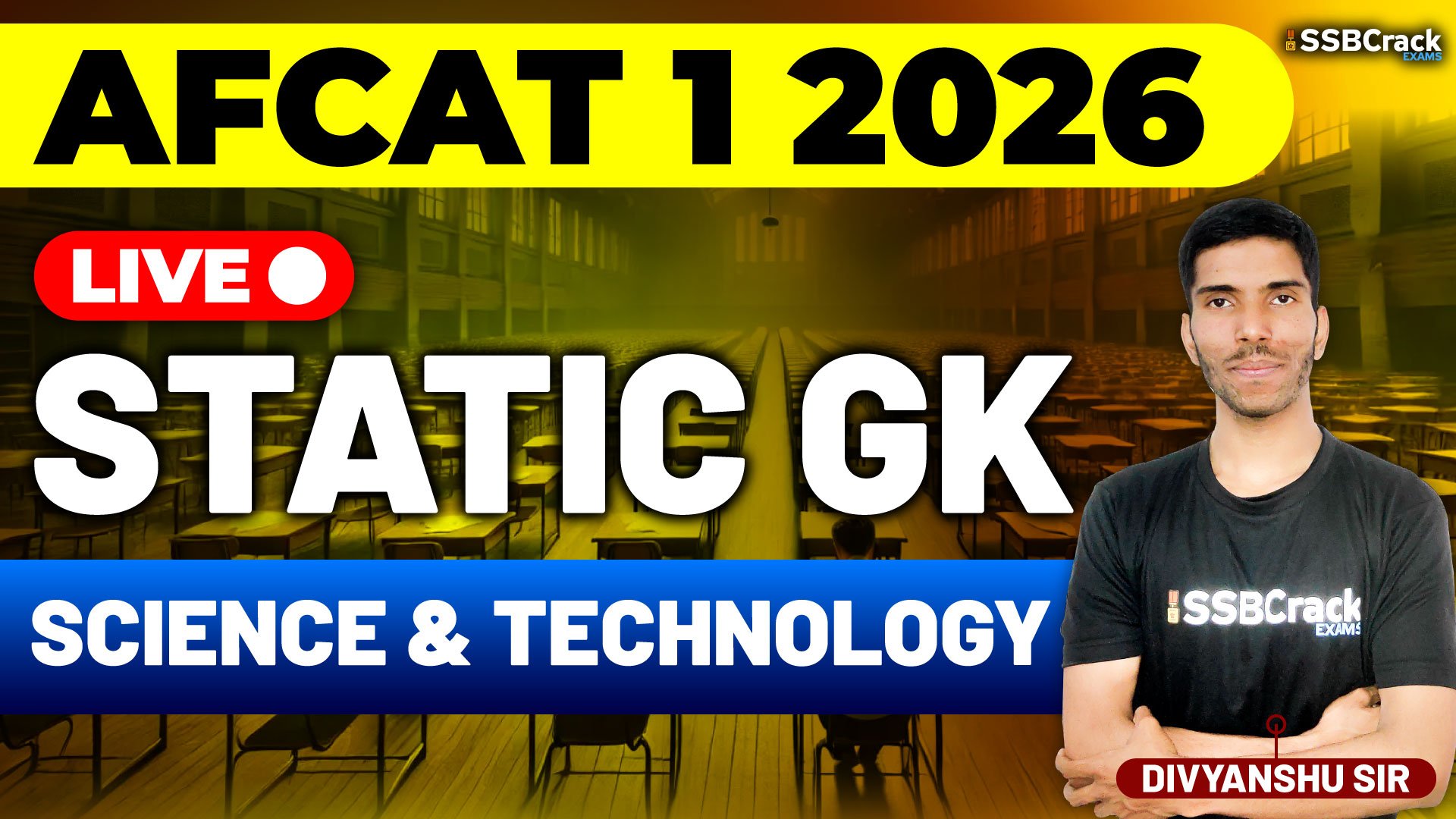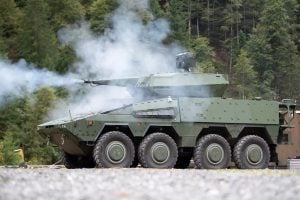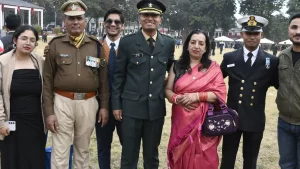Science and Technology is one of the most dynamic and scoring sections in the AFCAT Exam. Questions under this topic test a candidate’s understanding of India’s scientific progress, major space missions, defence innovations, and general discoveries in the field of technology.
AFCAT 1 2026 Exam Static GK – Science & Technology
1. Indian Space Research Organisation (ISRO)
The Indian Space Research Organisation (ISRO) is India’s premier space agency, headquartered in Bengaluru. It works under the Department of Space, Government of India and has been instrumental in advancing India’s space capabilities.
Important Missions:
- Chandrayaan-3 (2023): India became the first country to land near the lunar south pole.
- Aditya-L1 Mission (2023): India’s first solar mission to study the Sun from the Lagrange Point 1.
- Gaganyaan Mission (Upcoming): India’s first manned space mission, expected in 2025–26.
- NISAR Satellite (2025): A joint Earth-observing mission with NASA.
Launch Vehicles:
- PSLV (Polar Satellite Launch Vehicle) – Known as the “Workhorse of ISRO.”
- GSLV Mk III (LVM3) – Used for launching heavy payloads and interplanetary missions.
- SSLV (Small Satellite Launch Vehicle) – Designed for small satellite launches.
2. Defence Technology in India
India has made significant progress in defence technology through DRDO (Defence Research and Development Organisation), established in 1958.
Major Defence Projects:
- Agni and Prithvi Series: India’s indigenous ballistic missiles.
- BrahMos Missile: Supersonic cruise missile developed jointly by India and Russia.
- Tejas: India’s indigenously developed Light Combat Aircraft (LCA).
- Arjun Tank: Main Battle Tank developed by DRDO.
- Akash Missile System: Medium-range surface-to-air missile.
Recent Developments (2024–25):
- Agni-Prime missile successfully tested by the Strategic Forces Command.
- Advanced Night Vision Factory inaugurated in Andhra Pradesh under Aatmanirbhar Bharat.
- Defence AI Projects launched to strengthen combat readiness.
3. India’s Major Scientific Institutions
| Institution | Location | Key Function |
|---|---|---|
| ISRO | Bengaluru | Space Research |
| DRDO | New Delhi | Defence Technology |
| CSIR (Council of Scientific and Industrial Research) | New Delhi | Industrial & Scientific R&D |
| BARC (Bhabha Atomic Research Centre) | Mumbai | Nuclear Research |
| IITs (Indian Institutes of Technology) | Various | Technical Education & Innovation |
| IISc (Indian Institute of Science) | Bengaluru | Advanced Research in Science & Engineering |
4. Nuclear & Atomic Research
- India’s First Nuclear Test: Operation Smiling Buddha (1974) at Pokhran, Rajasthan.
- Operation Shakti (1998): Series of five nuclear tests at Pokhran-II.
- Nuclear Power Plants in India:
- Tarapur (Maharashtra) – India’s first nuclear power plant.
- Kudankulam (Tamil Nadu) – Largest nuclear power station in India.
- Kakrapar (Gujarat) – Known for indigenous reactor design.
5. Digital India and Emerging Technologies
India is rapidly transforming into a digital economy with innovative technologies reshaping governance, education, and industry.
Key Initiatives:
- Digital India Mission: Launched in 2015 to promote e-governance and digital infrastructure.
- 5G Technology: Launched in 2022 to enhance connectivity and digital services.
- India AI Mission (2024): To develop artificial intelligence-based solutions in health, education, and defence.
- Quantum Computing Mission (2023): To advance quantum technology research.
- Semiconductor Mission: Focused on chip manufacturing and electronics self-reliance.
6. Indian Achievements in Science
- C.V. Raman – Discovered the Raman Effect (Nobel Prize in Physics, 1930).
- Homi J. Bhabha – Father of India’s Nuclear Programme.
- A.P.J. Abdul Kalam – Known as the “Missile Man of India.”
- Venkatraman Ramakrishnan – Nobel Prize in Chemistry (2009).
- Gaganyaan Astronauts (2025–26): India’s first human spaceflight crew under training.
7. Recent Scientific Developments (2024–25)
- ISRO launched PSLV-C58 mission carrying scientific payloads for microgravity experiments.
- Indian Navy received Autonomous Underwater Vehicles (AUVs) developed by DRDO.
- DRDO and HAL unveiled Combat Drones and Hexacopter systems for surveillance.
- India’s Biotech Sector achieved rapid vaccine development under the Make-in-India initiative.
8. Key Topics to Revise for AFCAT 1 2026
- Space Missions & Satellites
- Defence Missiles & Aircrafts
- Nuclear Energy & Power Plants
- Scientific Institutions
- Indian Scientists and Discoveries
- Digital India & AI Initiatives
- Renewable Energy Missions (Solar, Wind, Green Hydrogen)
Conclusion
Science and Technology in the AFCAT Exam is not just about memorizing facts—it reflects India’s progress and self-reliance in innovation and defence. Candidates should stay updated with ISRO launches, DRDO tests, AI developments, and recent government initiatives to score well in this section. Consistent revision of key facts and current updates will ensure strong performance in AFCAT 1 2026.



















